Just about everyone knows what a Snake is. These creatures have long bodies, no legs, and their skin has a covering of scales. Most species also have extremely flexible jaws, or even possess extra joints, so that they can swallow prey larger than themselves!
Researchers recognize about 3,600 different species of Snakes. They categorize these reptiles into the suborder Serpentes, and separate them further into 20 different families. Read on to learn about the Snake.
Description of the Snake
These creatures have long bodies, tapered tails, and no legs. Though some species do have rough scales, in the vast majority the scales carefully overlap one another. This means their skin in smooth when you rub in the direction of the scales.
With such an incredible range of species, it is no surprise that these reptiles come in a variety of sizes. The smallest species grow just 4 in. long as adults, while the largest species exceed 22 ft. long or more!
Interesting Facts About the Snake
This creature has an incredible variety of traits and adaptations that make it unique. Learn what makes the Snake so interesting below.
- Venom vs. Poison – Some species have hollow fangs that they use to inject venom, which helps incapacitate their prey. This is quite different from poison, which certain animals have in or on their skin, which causes harm when another animal bites or eats it.
- Poisonous Snakes – In most cases, if you call a Snake “poisonous” you would be incorrect. However, there are some that actually secrete poison! The Rhabdophis genus of keelback Snakes is both venomous and poisonous. Some species of garter Snakes also retain the poison of the prey that they eat.
- Titanoboa – One extinct species actually reached terrifying lengths. Archeologists have found fossils of the titanoboa at lengths up to 42 ft. long!
- Venomous Volume – Of the thousands of different species, researchers estimate that just 15% produce venom. Even if a species has venom, that doesn’t mean that they can actually pose a danger to humans. Scientists believe that just a small percentage of the world’s population is dangerous to man.
Habitat of the Snake
Different species live in a wide variety of habitats. You can find some species in the driest desert, and some in the wettest tropical rainforest. They also live in woodlands, grasslands, meadows, forests, taiga, and virtually any habitat that isn’t arctic or sub-arctic.
Many also live in close proximity to humans, in areas like farms, parks, gardens, and even suburbs. They utilize the rats and mice that thrive in areas with high human populations.
Distribution of the Snake
You can find Snakes on almost every single landmass, and even in some oceans! The only areas without these reptiles are the Arctic and Antarctic.
They live in North, Central, and South America, as well as Eurasia, Africa, and Australasia. Sea Snakes, also known as Kraits, live in the seas of Australasia, and coastal regions of the Indian Ocean.
Diet
Different species feed on different types of prey. Generally, these creatures are carnivores, which means that they eat meat. As discussed earlier, their hinged or double-jointed jaws allow them to feed on prey much larger than their heads. Their hunting method varies, many species lie still and ambush prey as it passes by. Other species actively search for and pursue prey.
Some species specialize in certain types of prey, like fish, insects, rodents, and more. Conversely, some species eat just about anything they can catch and fit in their mouths. Depending on the species, they eat rats, mice, rabbits, birds, eggs, other reptiles, frogs, and much more.
Brumination
You’ve probably heard of hibernation, but have you heard of brumation? Animals that brumate are quite similar to those that hibernate. Species that live in cold regions usually brumate during the coldest months of winter. During brumation, these reptiles remain awake, but they are inactive. Mammals that hibernate are asleep during their period of inactivity.
Some species congregate in large numbers during their brumation period. A region where many individuals group together to brumate is known as a hibernaculum. Garter Snakes famously brumate in massive hibernacula. This video shows one example of a likely hibernaculum of rattlesnakes, do make sure you ignore the comment of “slimy reptiles” at the end – Snakes are never slimy!
Snake and Human Interaction
These reptiles get a really bad rep’ from humans. In many places, people even kill harmless species, just because they fear Snakes. Sadly, the vast majority of species pose no threat to humans, children, or pets. In fact, many even helpfully remove pesky rats and mice.
Humans killing them, hunting them for their meat or skin, and destroying their habitat, impacts different species in different ways. Some species have strong populations and human activity doesn’t cause as much damage. For other species, people drive them towards the brink of extinction.
Domestication
Humans have not domesticated any species of Snake.
Does the Snake Make a Good Pet
Yes! Some species make wonderful pets. It is important to understand that different types of care go into housing reptiles, and they are not like owning a dog or cat. When purchasing any type of pet, you must make sure that the breeder is reputable and ethical. You should also ensure the animal was captive-bred and not captured from the wild.
Snake Care
Each species has different needs. Different sizes need different enclosures, and different species need different temperatures, humidity, substrates, and basking areas. Please do your research for that specific species of Snake to ensure that you keep them in the best conditions for them.
Most reptiles need a heat source, a basking location, and some way to regulate humidity. Tropical species need high humidity, while those living in arid regions need low humidity. Many species thrive on a diet of insects, mice, rats, and similar food sources.
Behavior of the Snake
Typically, these creatures live solitary lives. As discussed previously, some do congregate in large numbers to brumate. While most species spend their days basking and foraging for food, some species prefer nocturnal behavior.
Individual behavior varies drastically based on the species. Some spend all their lives high in the trees, foraging for food in the branches and hiding in cavities from predators. Others live on the ground, or even burrow underground.
Reproduction of the Snake
It is virtually impossible to categorize all of these reptiles into a single reproductive category. In many species, after mating the females lay their eggs underground, in rotting tree stumps, or similar situations. A few species even wrap their bodies around the eggs to aid incubation.
Many species give “live birth.” Known as ovoviviparous breeders, they develop the eggs within their bodies, and the young hatch while inside the mothers. A few species are viviparous, and their embryos develop internally via placenta.
A select few species can actually reproduce without the presence of a male, known as parthenogenesis. Females which have never had access to a male partner can develop fertile eggs and give birth to young asexually.

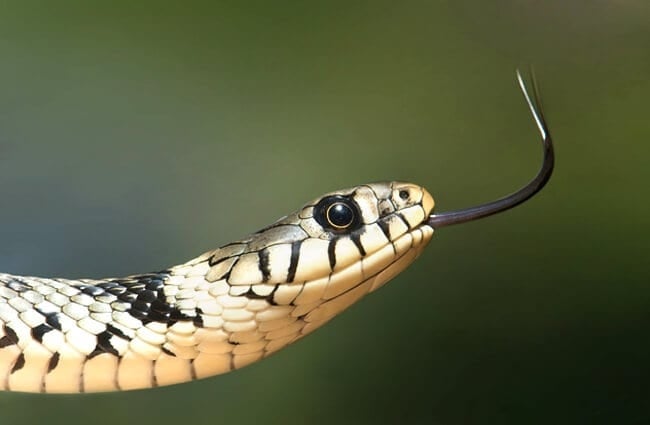
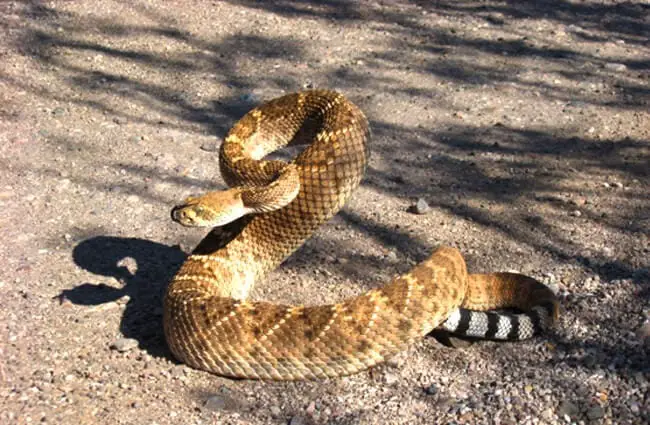

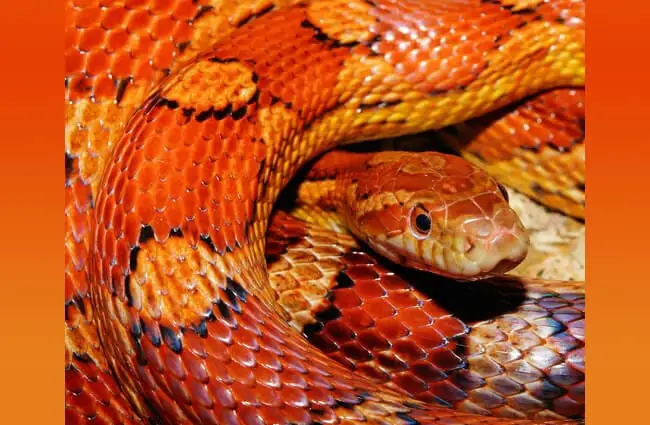
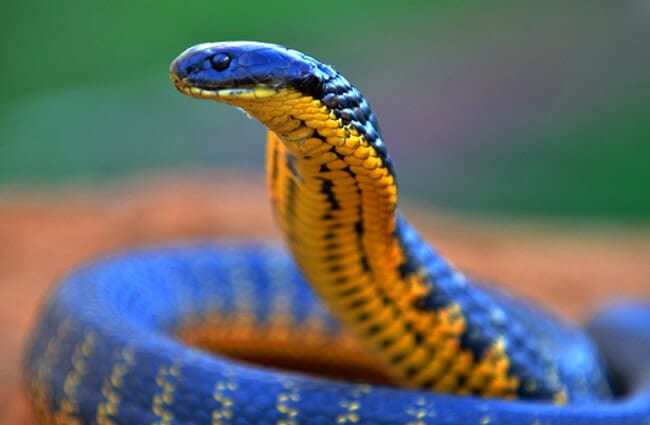

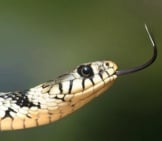

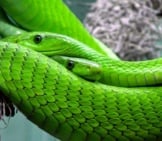
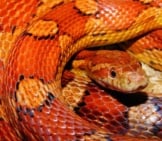


![Red Angus Closeup of a beautiful Red Angus cowPhoto by: U.S. Department of Agriculture [pubic domain]https://creativecommons.org/licenses/by/2.0/](https://animals.net/wp-content/uploads/2020/03/Red-Angus-4-238x178.jpg)












![Red Angus Closeup of a beautiful Red Angus cowPhoto by: U.S. Department of Agriculture [pubic domain]https://creativecommons.org/licenses/by/2.0/](https://animals.net/wp-content/uploads/2020/03/Red-Angus-4-100x75.jpg)

